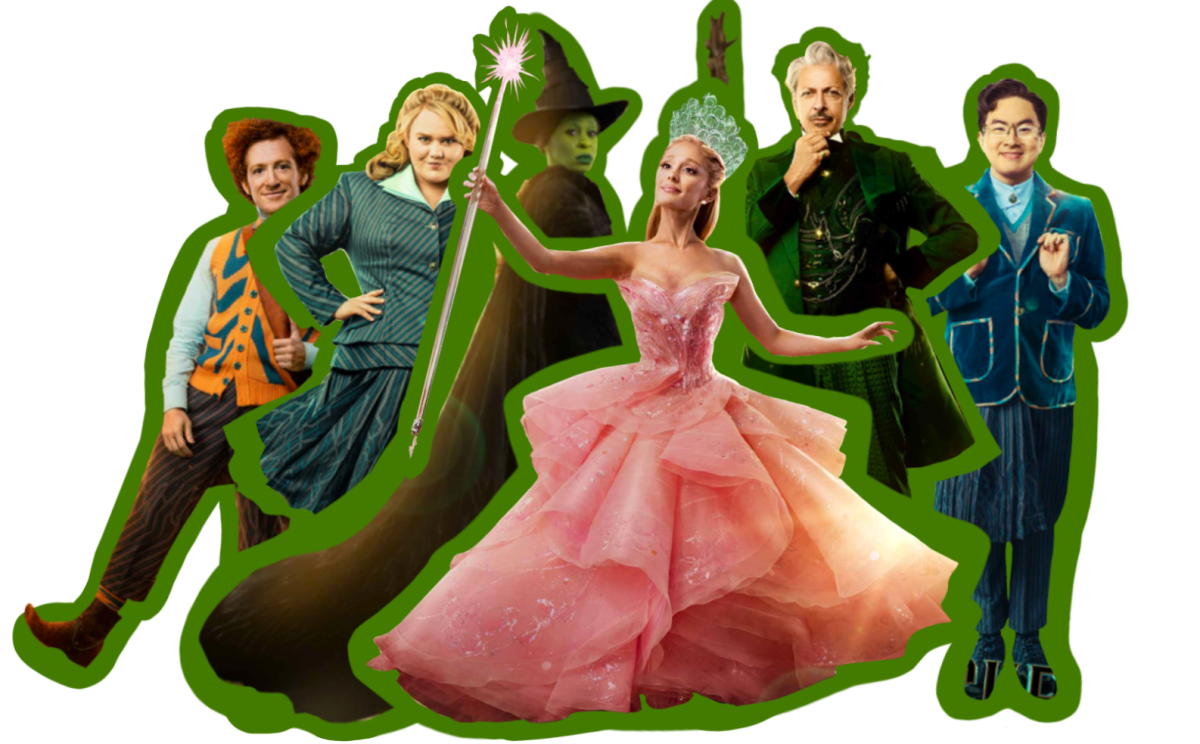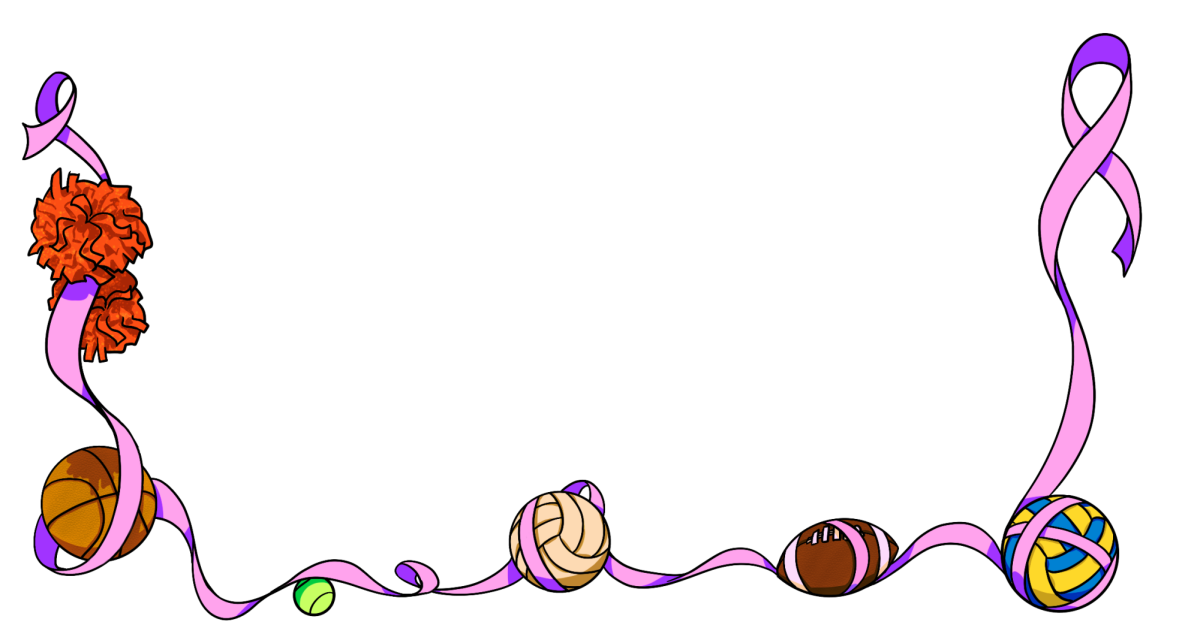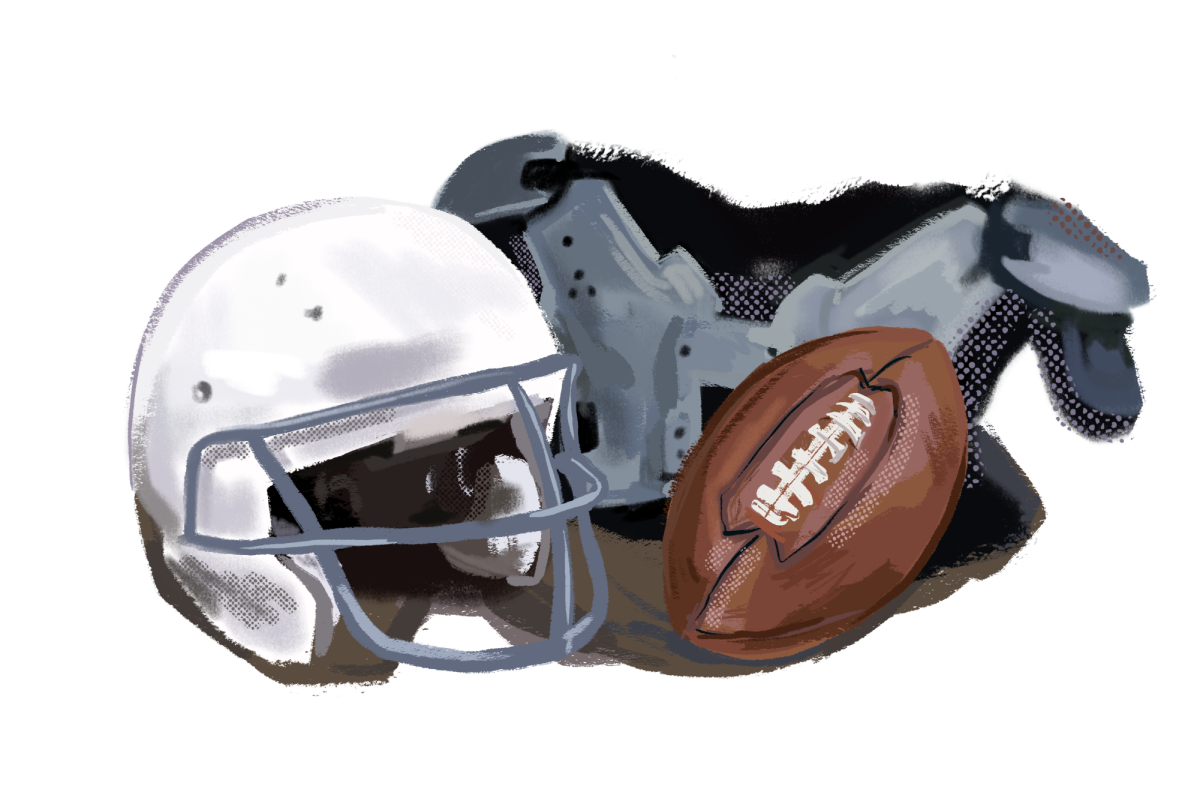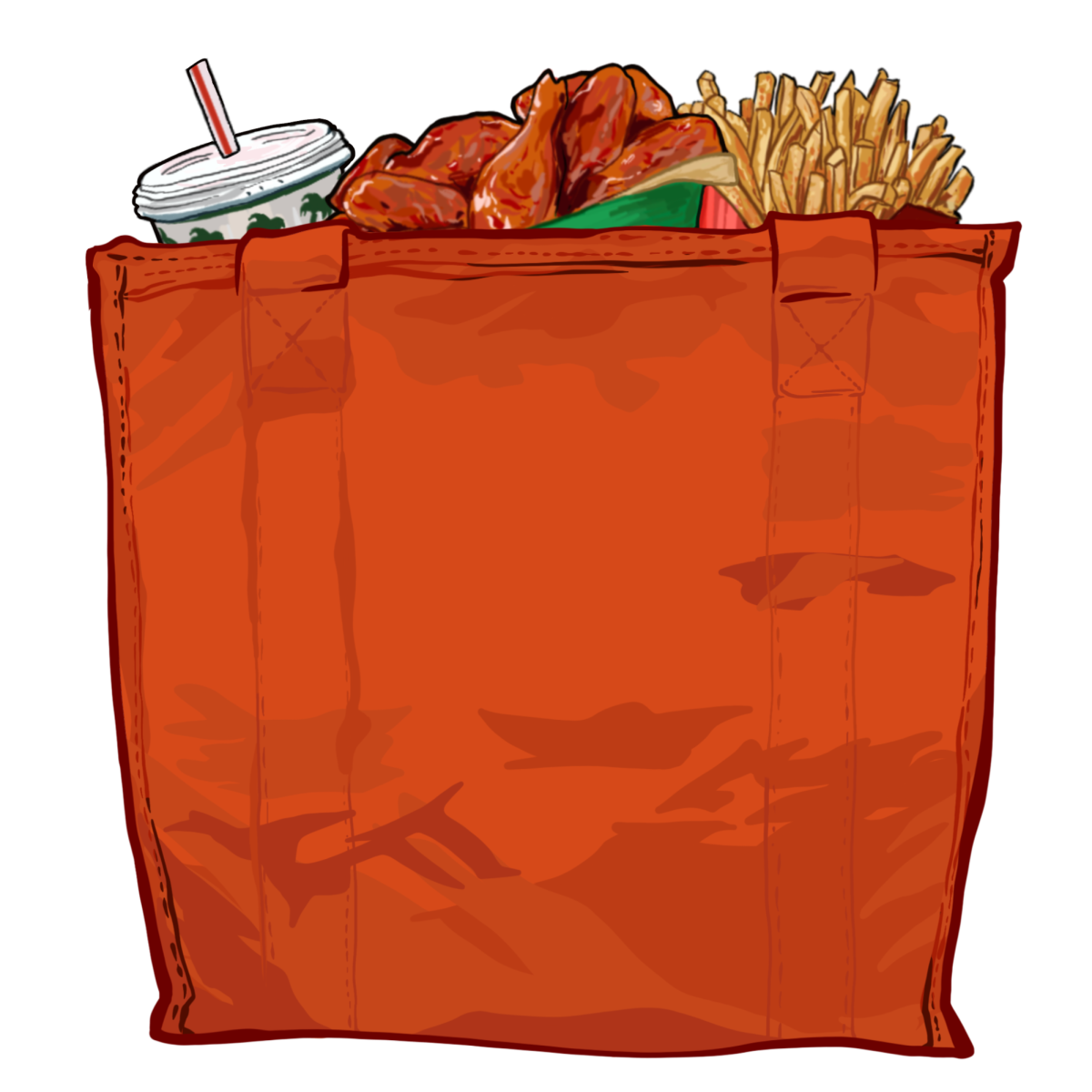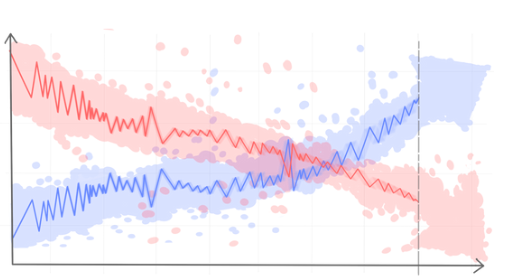Written by Hayley Krolik
Kwanzaa is a cultural African-American holiday celebrated from Dec. 26 to Jan. 1. It was created in 1966 by Dr. Maulana Karenga, a professor of Africana Studies at California State University, in response to the Watts riot in Los Angeles. He wanted to celebrate and preserve African-American tradition. The name originates from the Swahili phrase “mantunda ya kwanza,” which means “first fruits,” a term that alludes to the celebration of one’s roots.
Every night of Kwanzaa, the family lights one of the candles on the Kinara, or candleholder, and one of the Nguzo Saba is discussed. Nguzo Saba translates to “seven principles” and consists of values important to African culture, such as unity and purpose. There are also seven symbols involved in the celebration of Kwanzaa: Mazao (the crops), Mkeka (the mat), Kinara (the candleholder), Muhindi (the corn), Mishumaa Saba (the seven candles), Kikombe cha Umoja (the unity cup) and Zawadi (the gifts). All of the symbols represent components of African culture or the seven principles, as well as the children and the future of the African people. Zawadi are given to children to emphasize their heritage and their parents’ love for them. These gifts usually include a book to represent the importance of learning. The colors of Kwanzaa present on its flag are black, red and green. Black represents the people, red, their struggle and green, their future and hope. The Mishumaa Saba consist of one black candle and then three each of red and green.
Those who celebrate the holiday typically hold a traditional African feast—a Karamu—on Dec. 31 and a day of meditation on Jan. 1. Anyone can experience the Kwanzaa traditions by celebrating at the San Francisco Kwanzaa festivities. There will be multiple events, based on the Nguzo Saba, every day from Saturday, Dec. 26 at 12 p.m. to Friday, Jan. 1 at 6 p.m. Visit kwanzaas- anfrancisco.com for more information.




